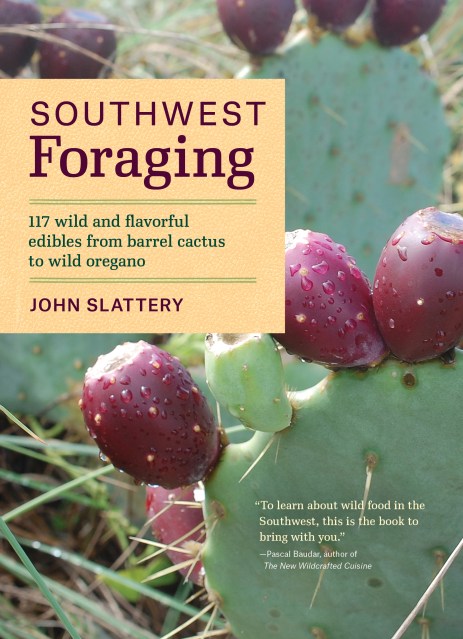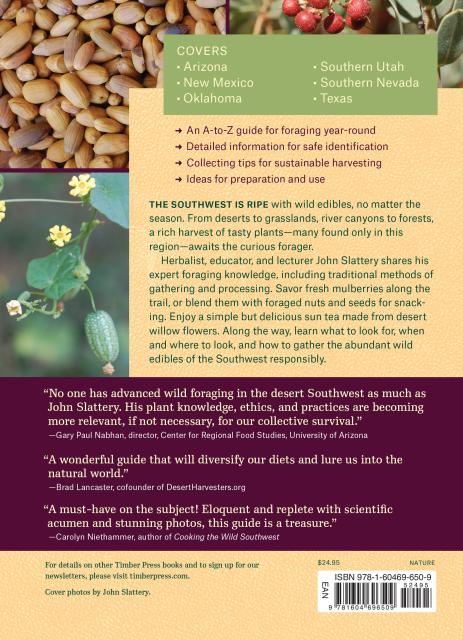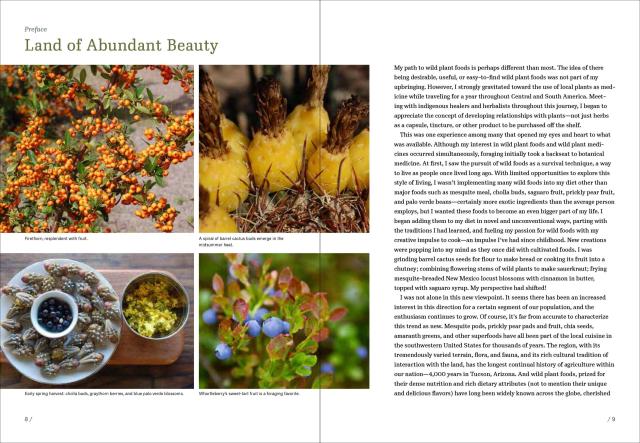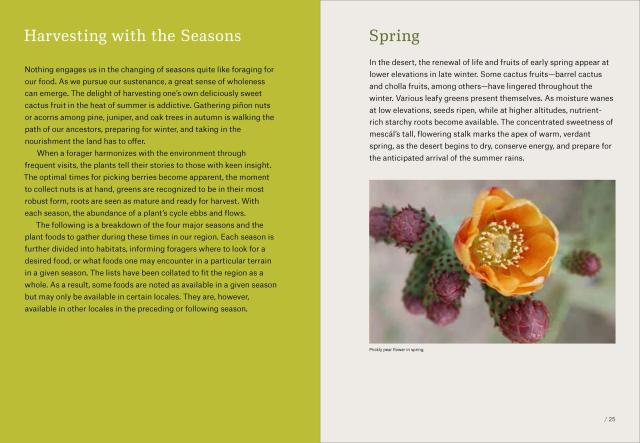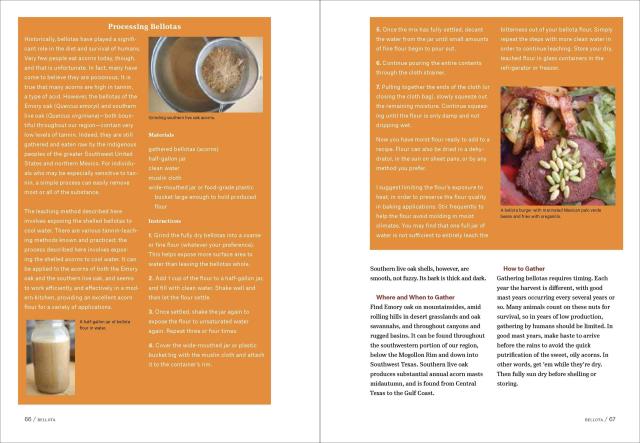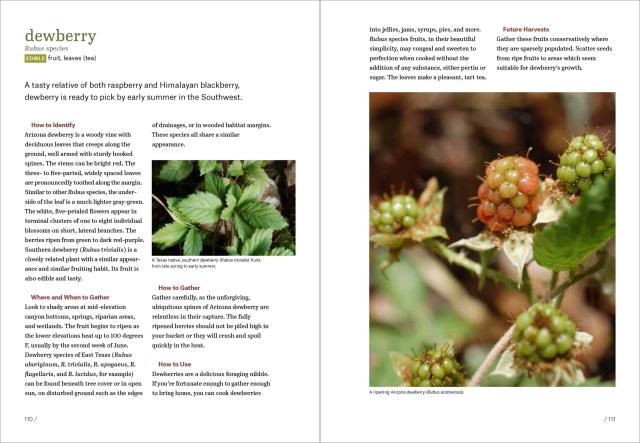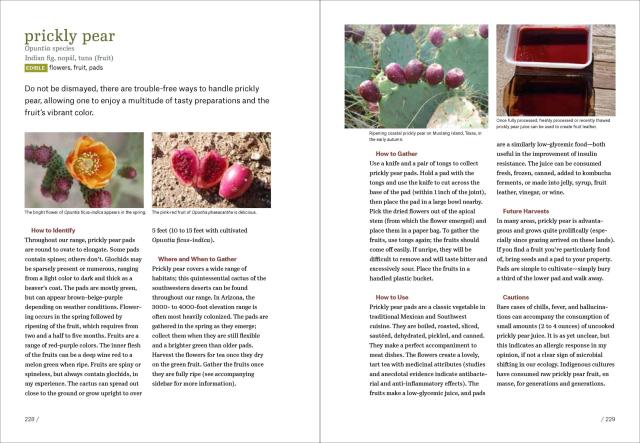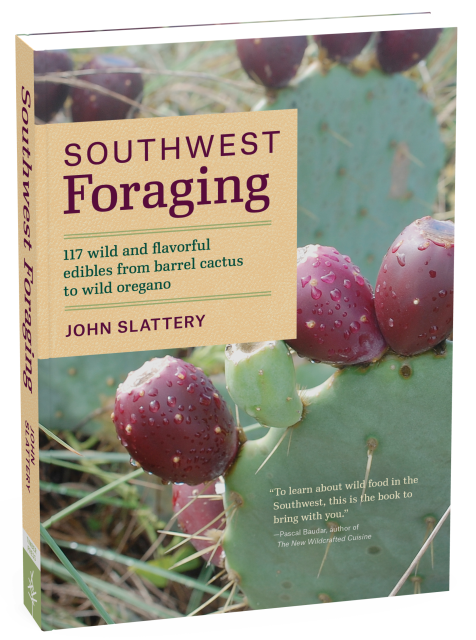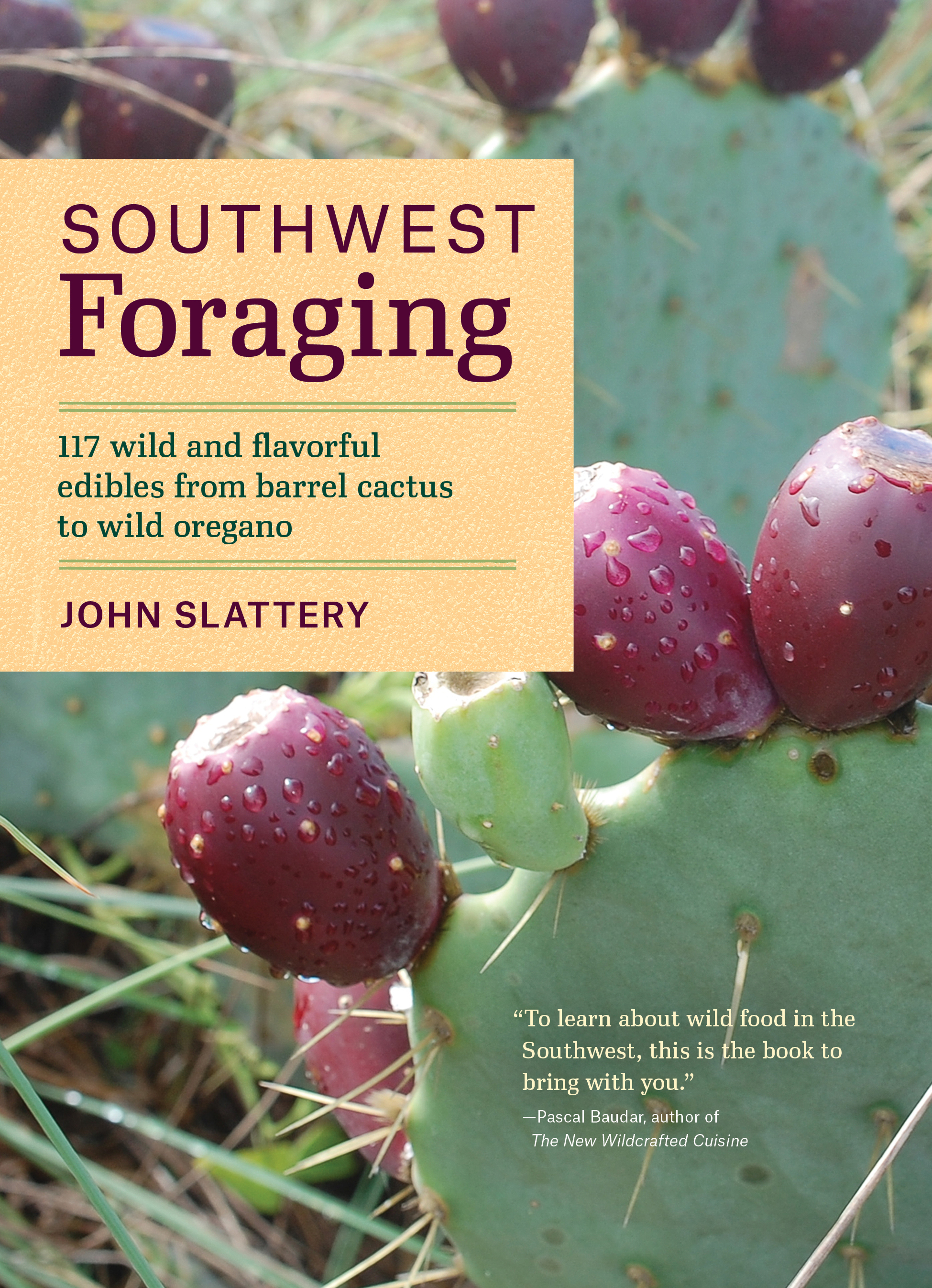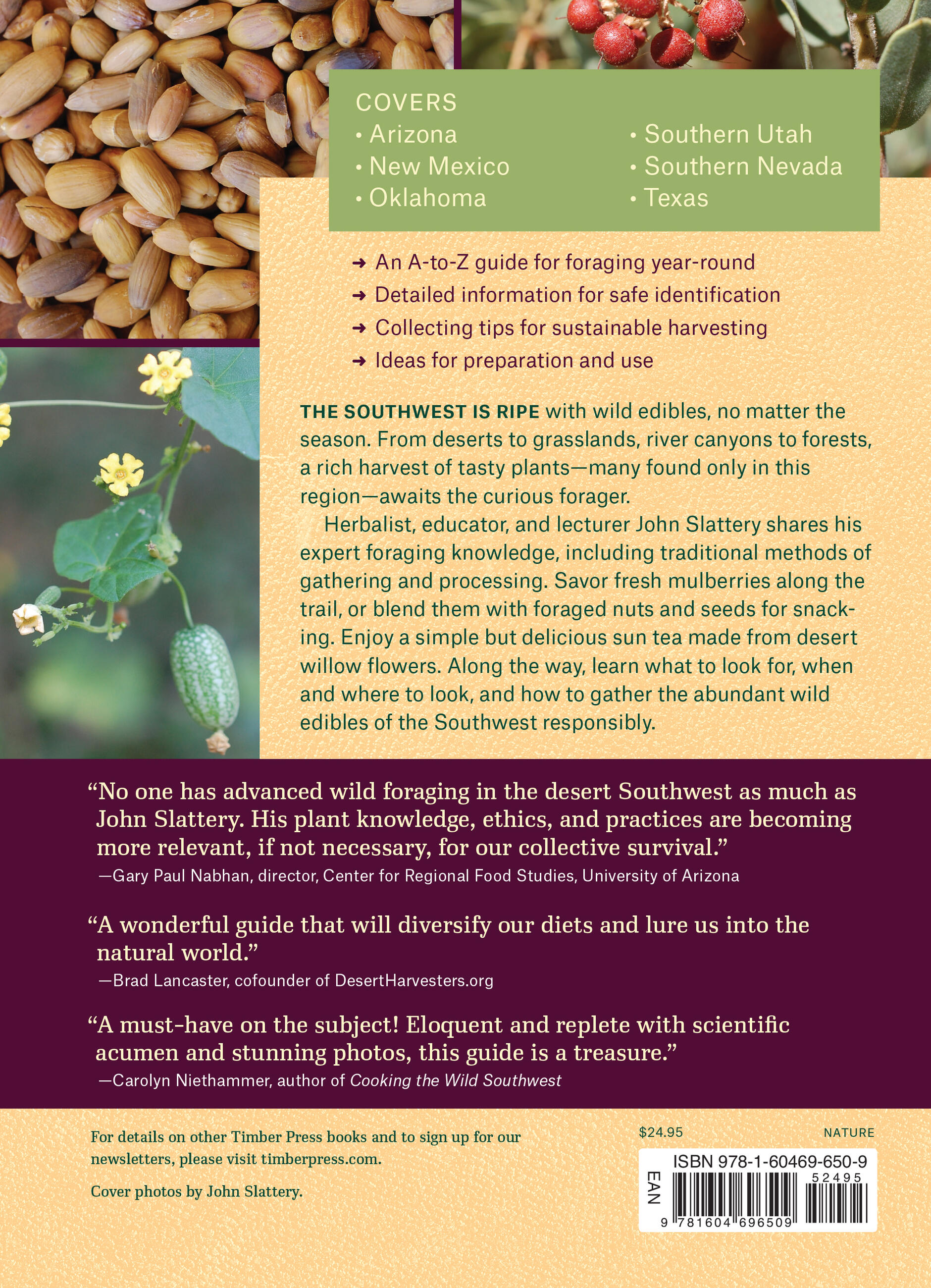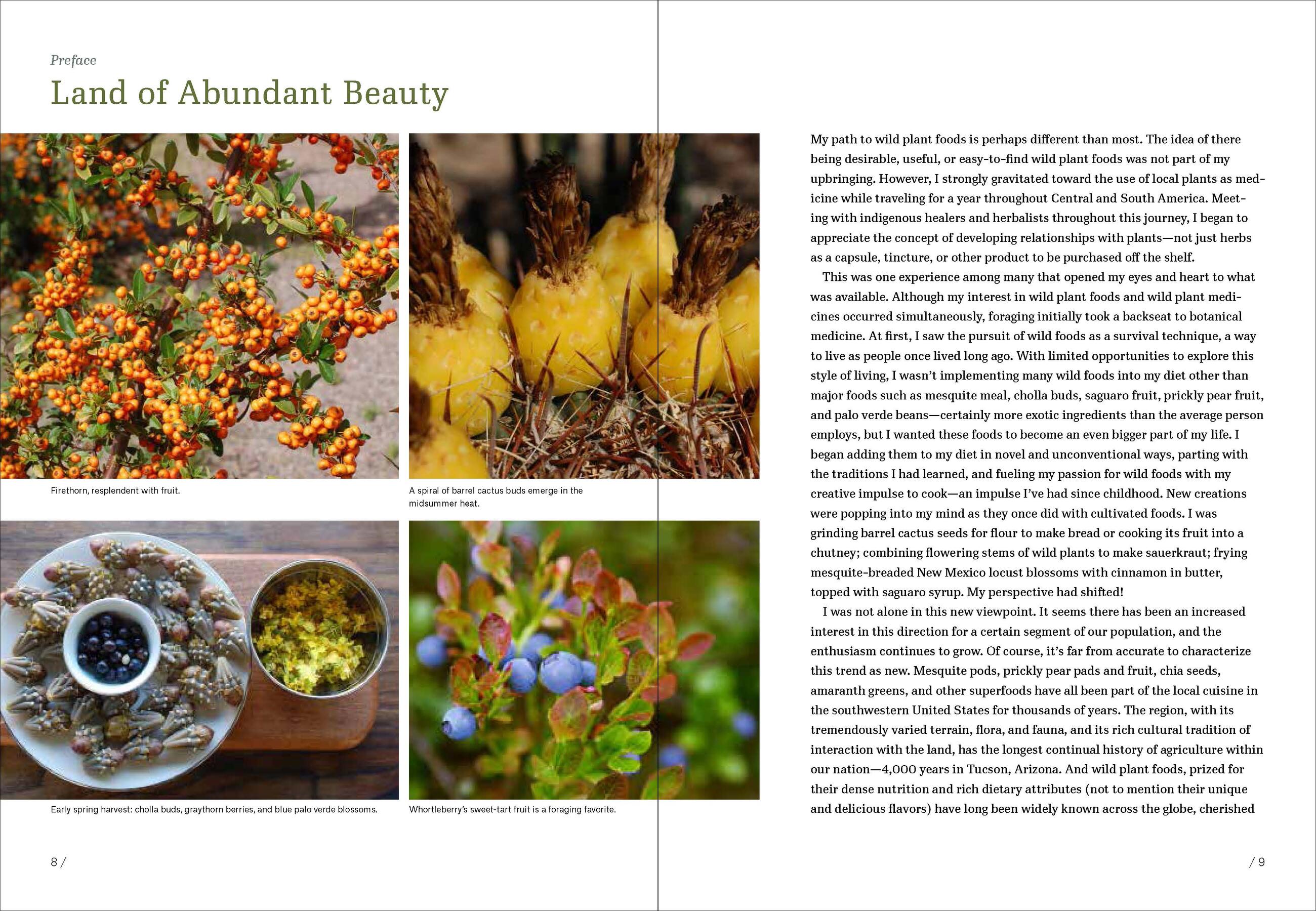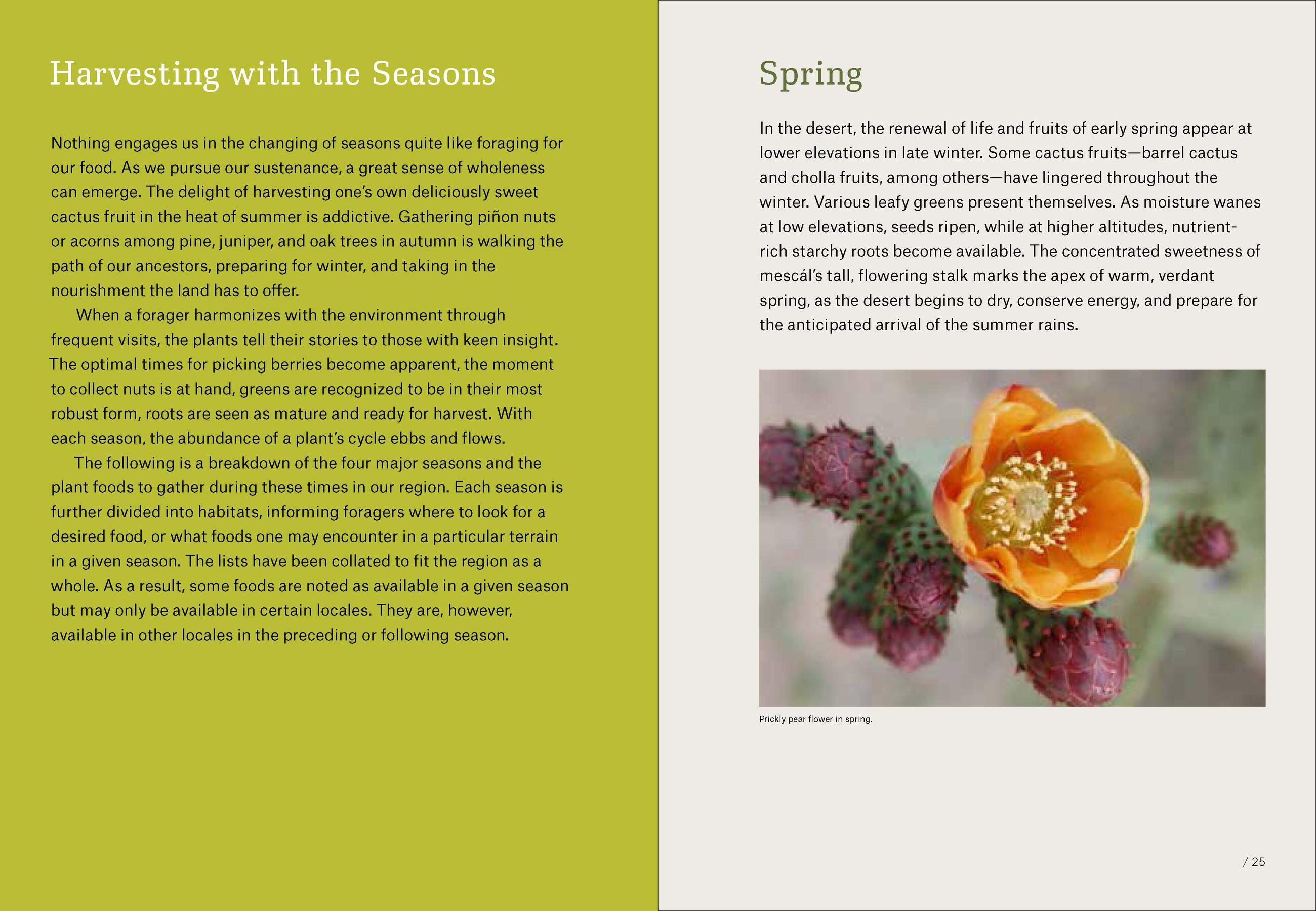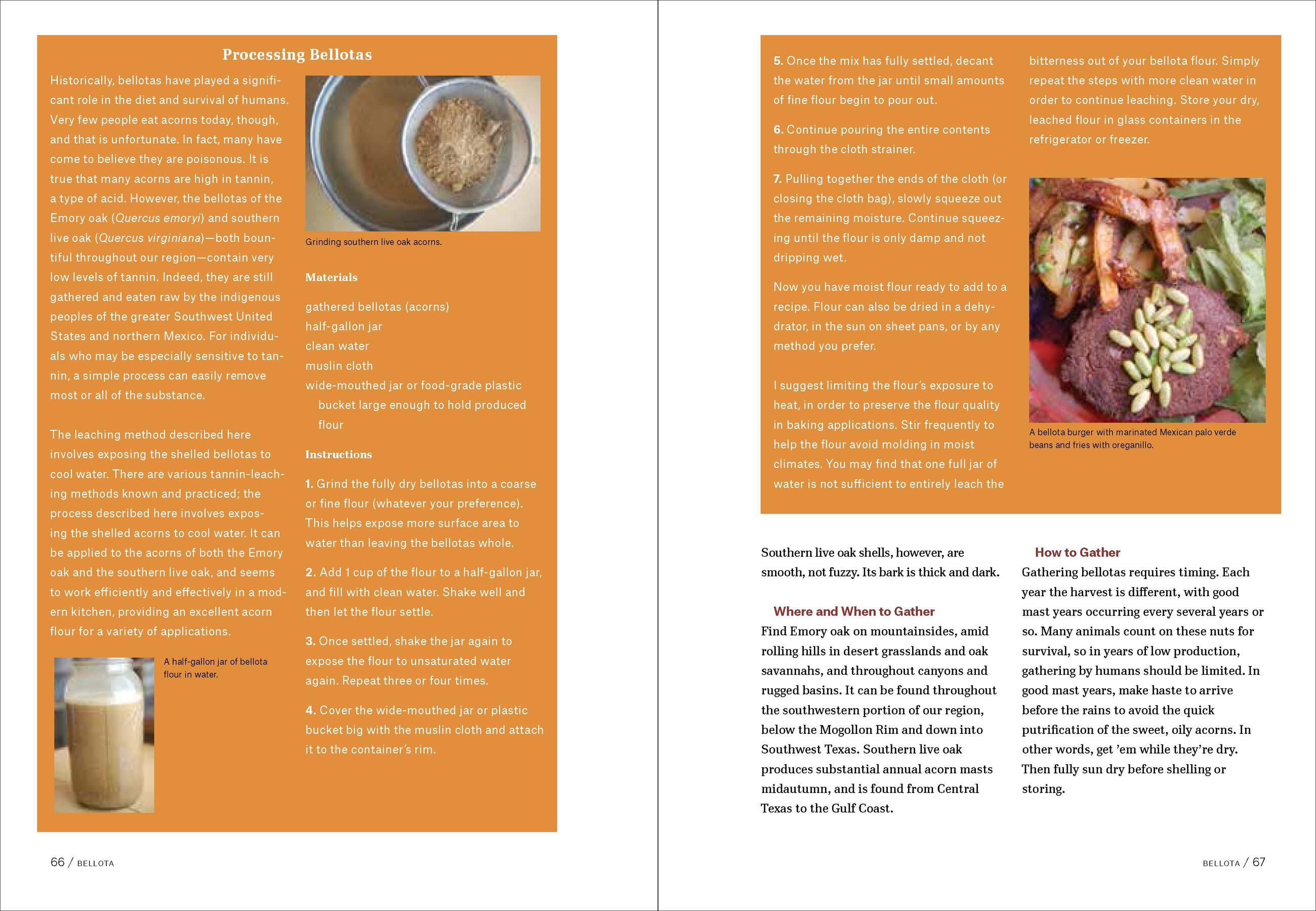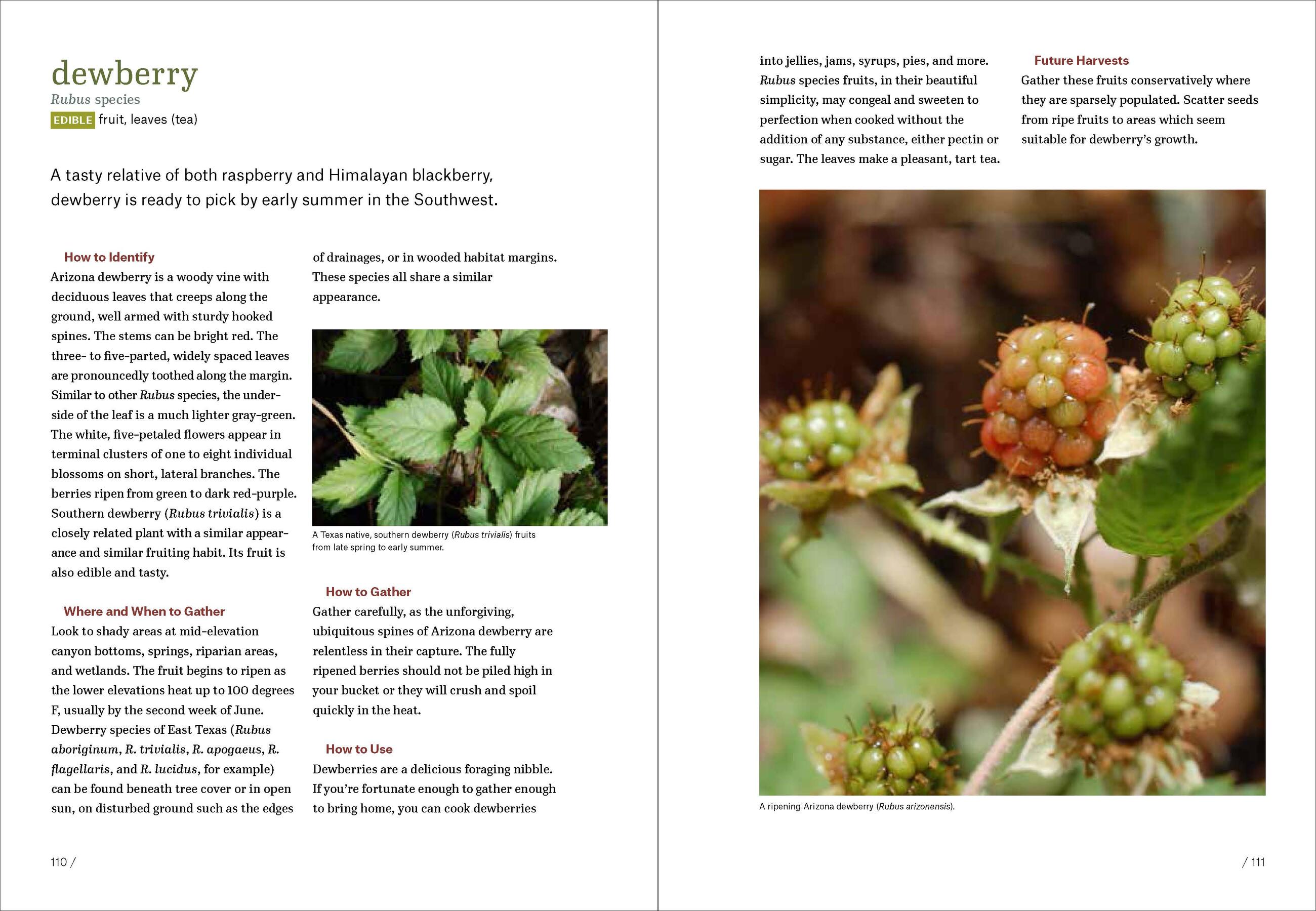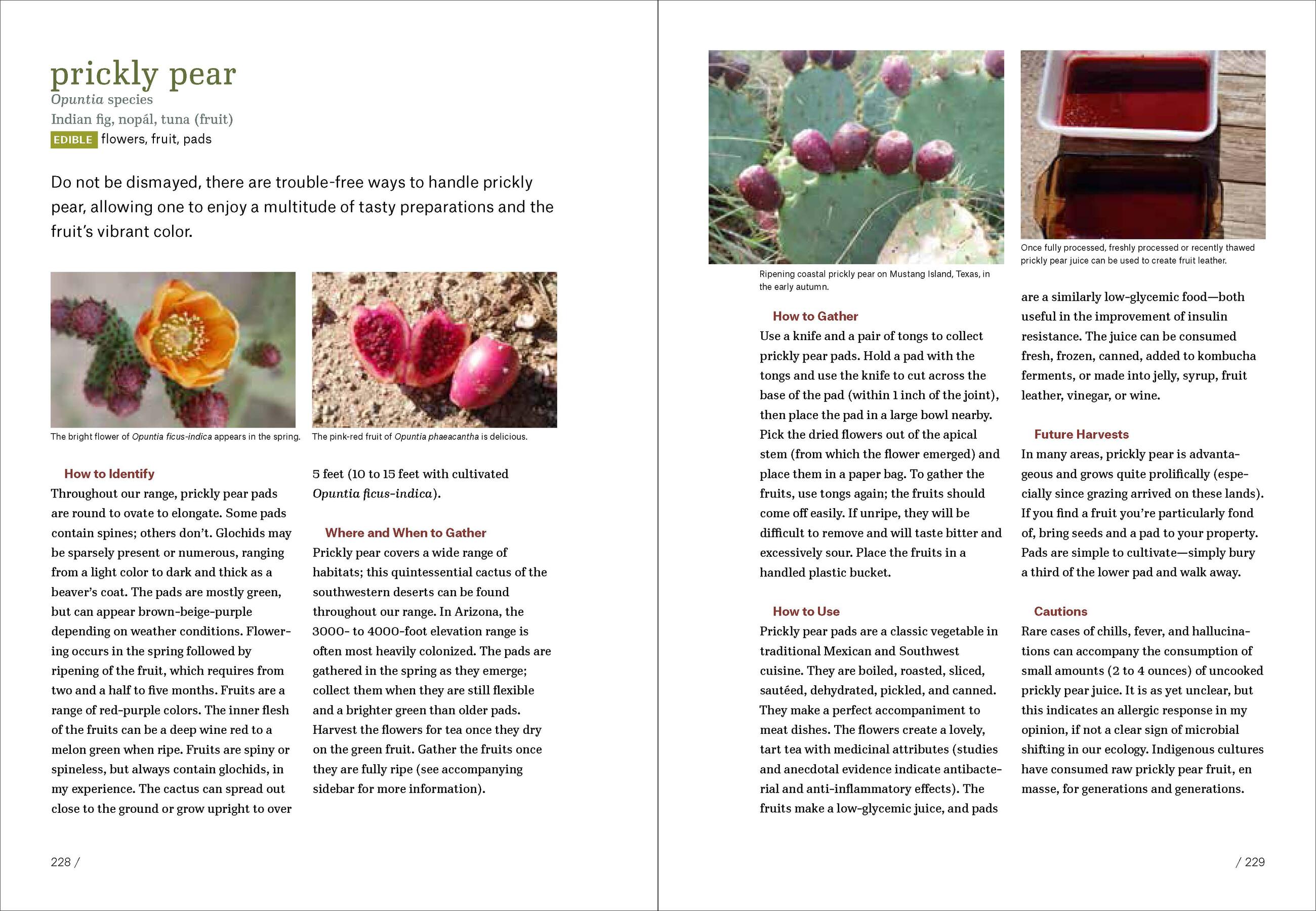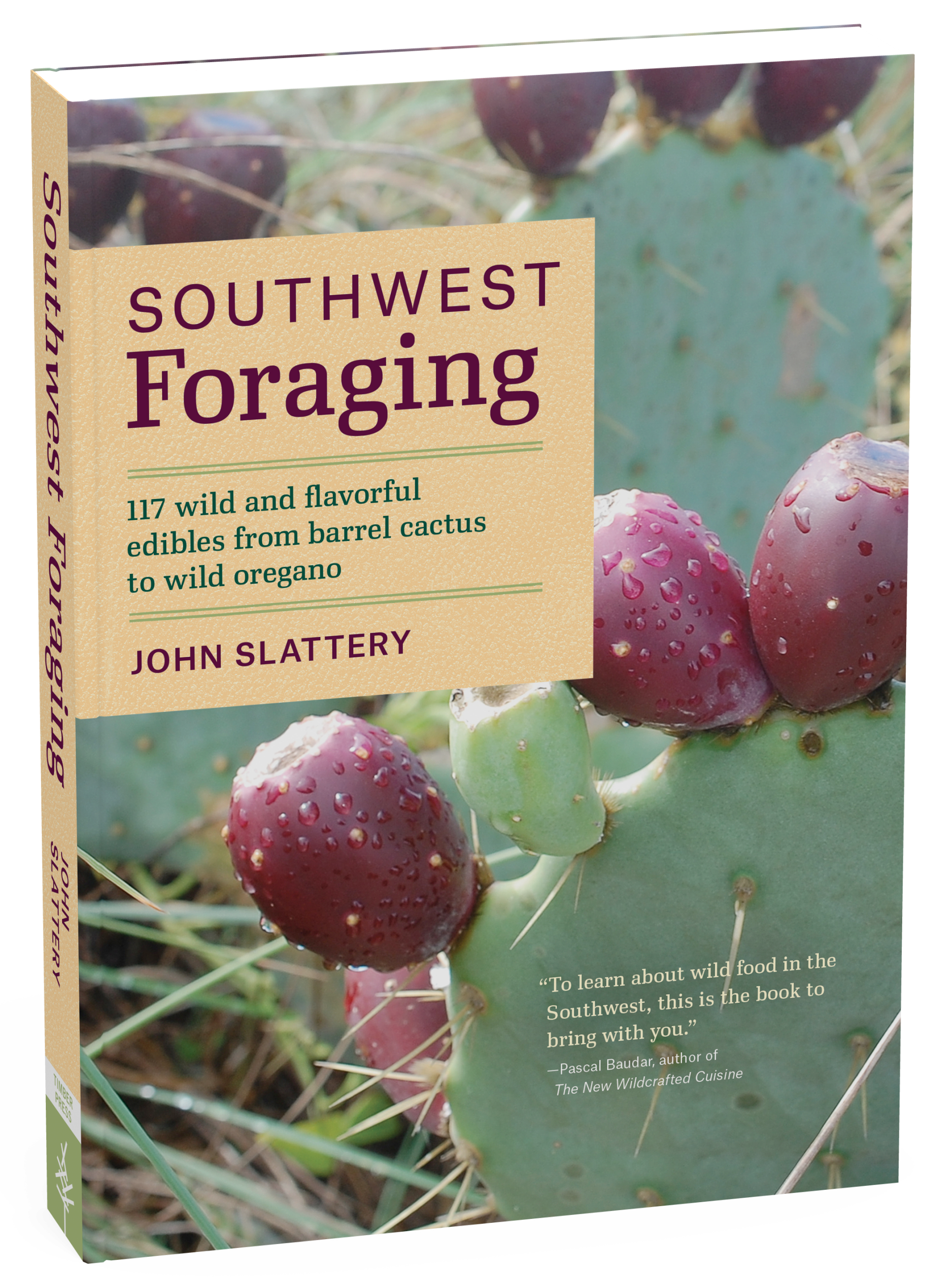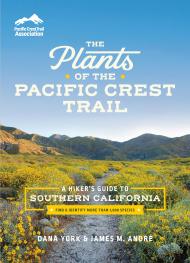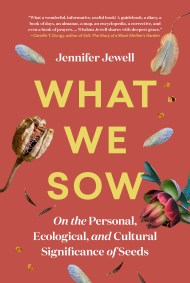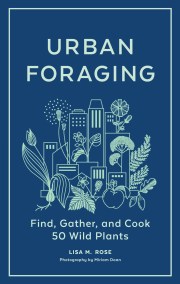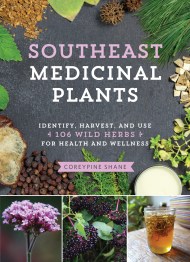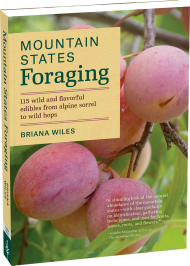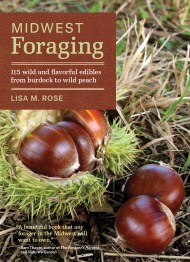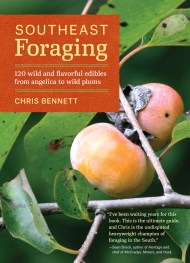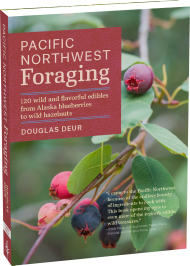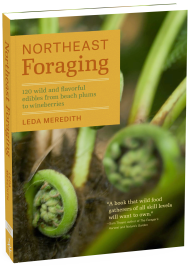Promotion
Use code MOM24 for 20% off site wide + free shipping over $45
Southwest Foraging
117 Wild and Flavorful Edibles from Barrel Cactus to Wild Oregano
Contributors
Formats and Prices
Price
$24.99Price
$31.99 CADFormat
Format:
- Trade Paperback $24.99 $31.99 CAD
- ebook $11.99 $15.99 CAD
This item is a preorder. Your payment method will be charged immediately, and the product is expected to ship on or around August 10, 2016. This date is subject to change due to shipping delays beyond our control.
Also available from:
“No one has advanced wild foraging in the desert Southwest as much as John Slattery.” —Gary Paul Nabahn, director of the Center for Regional Food Studies, University of Arizona
The Southwest offers a veritable feast for foragers, and with John Slattery as your trusted guide you will learn how to safely find and identify an abundance of delicious wild plants. The plant profiles in Southwest Foraging include clear, color photographs, identification tips, guidance on how to ethically harvest, and suggestions for eating and preserving. A handy seasonal planner details which plants are available during every season. Thorough, comprehensive, and safe, this is a must-have for foragers in Arizona, New Mexico, Texas, Oklahoma, southern Utah, and southern Nevada.
The Southwest offers a veritable feast for foragers, and with John Slattery as your trusted guide you will learn how to safely find and identify an abundance of delicious wild plants. The plant profiles in Southwest Foraging include clear, color photographs, identification tips, guidance on how to ethically harvest, and suggestions for eating and preserving. A handy seasonal planner details which plants are available during every season. Thorough, comprehensive, and safe, this is a must-have for foragers in Arizona, New Mexico, Texas, Oklahoma, southern Utah, and southern Nevada.
Genre:
-
“No one has advanced wild foraging in the desert Southwest as much as John Slattery. His plant knowledge, ethics, and practices are becoming more relevant, if not necessary, for our collective survival.” —Gary Paul Nabahn, director of the Center for Regional Food Studies, University of Arizona
“A wonderful guide that will diversify our diets and lure us into the natural world.” —Brad Lancaster, cofounder of Desert Harvesters
“A must-have on the subject! Eloquent and replete with scientific acumen and stunning photos, this guide is a treasure.” —Carolyn Niethammer, author of Cooking the Wild Southwest
“Invaluable.” —Foodies West
“Accessible volume for beginning botanists. . . . Entries are organized alphabetically by common name with full-color photos and “how-to” information for safely identifying and responsibly harvesting edible desert plants.” —Edible Phoenix
“The Timber Press foraging series offers another set of books with high quality photography. . . . also available as handy Kindles.” —American Herb Association Quarterly
“Southwest Foraging implores us to eat what’s growing around us. It is an opportunity to experience the intensity of the Sonoran Desert with mind and mouth.” —Tucson Weekly
- On Sale
- Aug 10, 2016
- Page Count
- 320 pages
- Publisher
- Timber Press
- ISBN-13
- 9781604696509
Newsletter Signup
By clicking ‘Sign Up,’ I acknowledge that I have read and agree to Hachette Book Group’s Privacy Policy and Terms of Use
